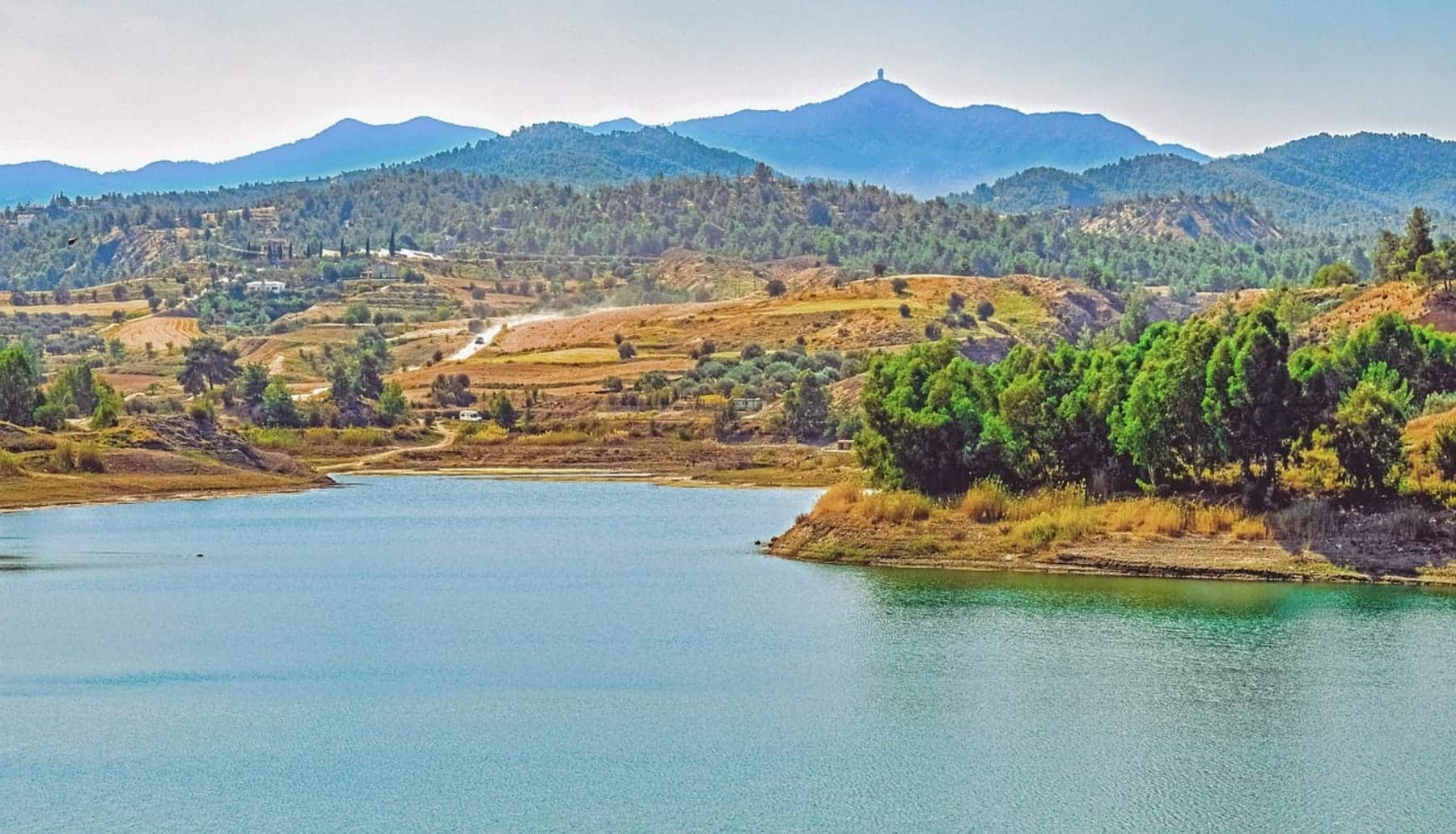Thanks to the intense rains of recent months in Spain, about twenty provinces exceeds 70% of reservoir water in their territories. A new overflowing reality in many Spanish provinces, some even with even greater reservations above 90% as is the case with Seville and Cáceres who have traditionally always had limited water resources.
In a opposite situation, where the storage is lower and the reservoirs are full to half or something more of their capacity highlights provinces such as Cádiz, Jaén, Badajoz, Córdoba, Málaga, Toledo, Cuenca, Guadalajara, Girona, Valencia and Castellón; Between 30 and 39% are Granada, Murcia and Alicante, while Albacete at 26.5%. The one that records the least reservoir is currently Almeria, in the last place, with the reservoirs just 11% of its capacity.
Last March it was the third most rainy since 1961 and only behind the same month of 2018 and 2013 respectively.
About twenty provinces exceed 70% reservoir water
Scarce territories water resources They are overflowing after the rain storms of recent months, as is the case of the province of Seville and Cáceres, with reservations at the time above 90 % and also overflows Madrid and León, while more than one Twenty exceeds 70 % reservoir water.
In the same situation of water abundance are the reservoirs of the Provinces of Tarragona, Segovia and Navarra, which today, are practically full of water (between 90 and 100 percent)like those of Valladolid and Guipúzcoa, although in these two the storage capacity of their swamps is very small.
In other provinces, especially of the peninsular northern half, the reserve is between 70 and 89 percent as in the communities of Galicia, Aragon, Asturias, Cantabria, La Rioja, in Castilla y León and in the provinces of Álava, Lleida, Barcelona, Huelva and Ciudad Real among others, according to official data of the Ministry for Ecological Transition (Miteco).
In a lower storage situation, between 50 and 69 % highlight the provinces of Cádiz, Jaén, Badajoz, Córdoba, Malaga, Toledo, Cuenca, Guadalajara, Girona, Valencia and Castellón; Between 30 and 39 percent are Granada, Murcia and Alicante, while Albacete at 26.5 percent and Almería, lastly, with reservoirs just to 11 percent of their capacity.
On the map of the regional communities, Navarra and the Community of Madrid lead the reservoir water classification with values of 92.6 % and 91 % respectivelyfollowed by Galicia, Asturias, Basque Country, Catalonia, Aragon, Extremadura, La Rioja and Castilla y León, where the storage ranges between 80 and 89 percent.
This abundance of water is a consequence, among other causes, from the Borrascas train that in recent months affected almost the entire country and that in just a few weeks the water reserve in Spain triggered, reaching 75.5 percent of its capacity, 13 points above the average of the decade (62.5 %). At this point it should be noted that last March, It was the third most rainy since 1961only behind March 2028 and March 2013.
Today, the national average value of accumulated rainfall In the hydrological year (from October 1 to April 22) it is encrypted in 541 liters per square meter, that is, 20 percent more than the normal value in that period that is 449 liters.
According to data from the Meteorology Agency (Aemet), the accumulated amounts are above its normal values in much of the Peninsula, especially in the Region of Murcia, in the western half of Andalusia, throughout the central system, in the western half of Castilla-La Mancha and in a strip in the lift that goes from Valencia to the Ebro valley.
On the contrary, rainfall is below its normal values on the Cantabrian coast and southeast of Galicia and in areas of the peninsular southeast, such as the province of Alicante; In both archipelagos the amounts are below normal for the period 1991-2020 except in the southern half of Mallorca. EFE / ECOTICIAS.com

